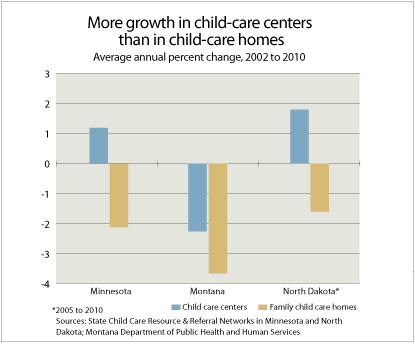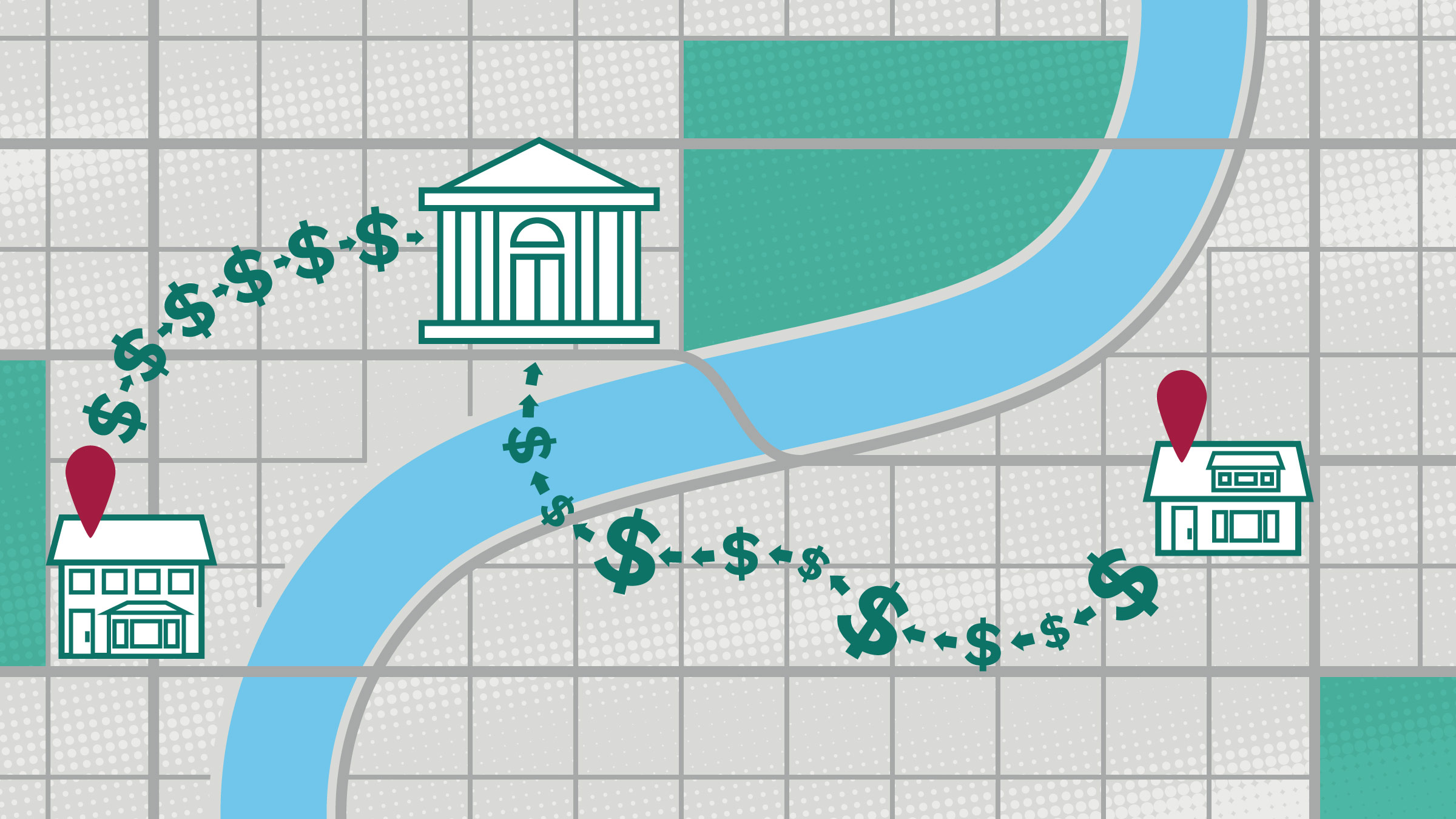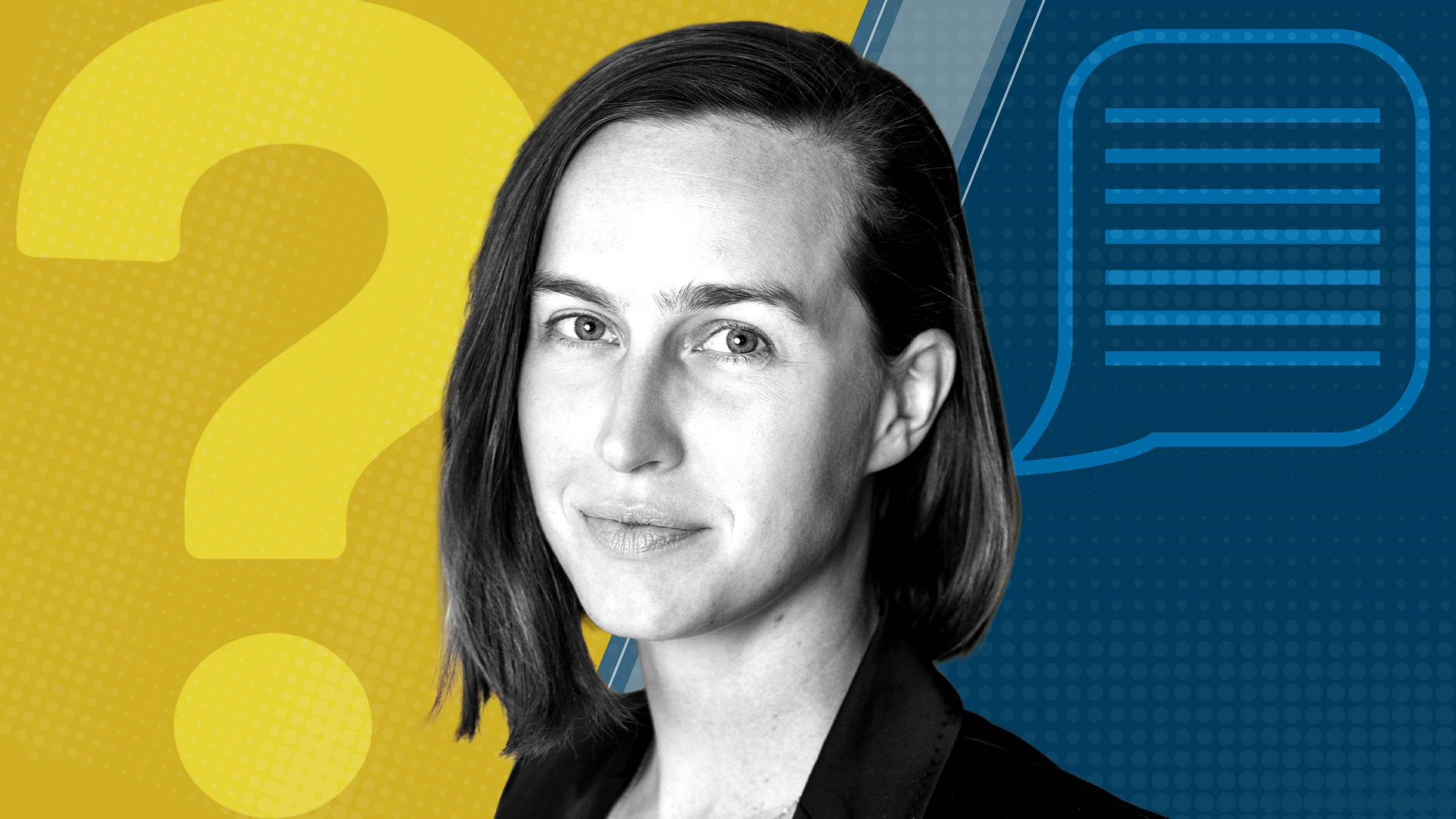
Patty Butler believes that she runs the best day-care facility in Lewistown, Mont. Small Wonder Child Care, a church-affiliated nonprofit with an enrollment of about 70 children, exceeds state licensing standards in the rigor of its curriculum, its small class size and the education and skills of its teachers. The center is nationally accredited—a rare distinction in Montana, where only 4 percent of centers boast that seal of approval.
Providing a stimulating environment for young children—not just a place for them to be while their parents work—gives Small Wonder a competitive edge, says Butler, the center's director."Unequivocally, I can say that they're coming here for the quality, and the ones that are in other places in town that are on my waiting list would like to be here for that very reason," she said.
Butler is a foot soldier in a march toward quality under way across the country and in the Ninth District, although its progress has been uneven. The quality (of early-childhood education) movement emphasizes the developmental aspect of child care, the idea that stimulating learning environments are vital for young kids, including infants. Bolstered by research demonstrating the societal benefits of pre-K learning, quality advocates have pushed for child-care settings that emphasize cognitive and social-emotional development.
Those efforts have pushed the envelope on licensing standards, improved education and training for child-care workers, and created quality rating systems meant to help parents discern excellence from mediocrity.
However, day-care settings that provide a rich learning experience incur higher costs that must either be passed onto customers or made up through public funding. For all its apparent merits, the drive to raise the child-care bar may have unintended consequences, increasing prices to the point where some families are forced out of the market for licensed day care and into informal arrangements where quality is very uneven.
Clued in to early learning
A generation ago, day care was considered babysitting; for most parents, kindergarten was soon enough for kids to start getting ready for school. Today, parents are more attuned to the notion of early education, sources say, aware of advances in neuroscience and developmental psychology that show the impact of early learning on formative brains and success in school.
"I think today's parents have a pretty high expectation of their kids' experience when they're in day care," said Gene Veeder, economic development director for McKenzie County in North Dakota, where an oil boom has increased demand for licensed day care.
But much of the impetus for higher quality has come from child-care providers, educators, policymakers and even economists. Early-childhood education doesn't just benefit children, these advocates say; it also benefits society by contributing to the development of productive citizens. Economic research by Art Rolnick, former director of Research at the Minneapolis Fed, and Minneapolis Fed economist Rob Grunewald has shown that investing in preschool education can yield annual returns to society as high as 16 percent by boosting workforce productivity and reducing spending on remedial education and the criminal justice system.
The quality movement has influenced state child-care regulations, which over the past decade have focused on improving day-care learning as well as ensuring basic health and safety. Rules vary markedly among district states, but most require day-care operations to maintain specific provider-child ratios and limit the number of children in a classroom.
In recent years, some states have stiffened education and ongoing training requirements for child-care staff; in Minnesota, for example, the 2006 Legislature mandated early-childhood-development training for newly hired day-care workers.
Truly committed child-care providers go beyond state licensing requirements to offer an even higher level of care that meets standards set by professional organizations such as the National Association for the Education of Young Children (NAEYC). Small Wonder Child Care received NAEYC accreditation, the gold standard for child-care centers, two years ago. Butler says she upgraded her curriculum, put her staff through additional training and took other steps to improve quality, even though she has operated at capacity for years.
"I don't need to be accredited to market myself," she said."I did it because it was the right thing to do...this is my passion."
Quality rating and improvement systems (QRISs) are another manifestation of heightened interest in early-childhood education. By rating child-care facilities—typically on a scale of four or five stars—these programs make quality more transparent for parents, giving day-care providers an incentive to raise their game. Day-care facilitiess receive technical assistance and often financial support to help them achieve higher ratings.
Nationwide, about 25 states have implemented or are in the process of introducing QRISs; in the district, Montana and Minnesota have launched pilot programs, while Wisconsin plans to roll out a full-fledged rating system this year.
Small Wonder is one of about 100 Montana day-care facilities taking part in a QRIS field trial administered by the state Early Childhood Services Bureau. Three quarters of day-care providers signed up for the Best Beginnings STARS to Quality program are eligible to receive "quality improvement awards" for working up to the next star level.
The Minnesota Early Learning Foundation (MELF) raised $20 million in private donations to implement a QRIS pilot called Parent Aware. Since 2007, over 300 preschool programs in four Minnesota communities have taken part in the program.
Quality at what cost?
It's unclear whether all this activity has advanced the cause of early-childhood education in the district. Gauging quality over time, across a range of child-care settings subject to different regulations, is problematic. Some measures, such as the number of accredited facilities or trends in child-care worker qualifications, show scant progress toward higher quality over the past decade.
One possible indication of increasing quality is the rising proportion of child-care centers among day-care operations in some parts of the district. Centers are more likely to offer rich program content than smaller, home-based day care. In Minnesota and North Dakota, the number of child-care centers rose in the 2000s, while the number of family child-care homes fell (see chart). In Montana, all types of licensed day care sustained losses, but child-care homes saw worse attrition than centers.
A major obstacle to the quest for quality is the cost of smart and committed teachers, engaging activities, small groups and other hallmarks of a focus on learning. "The realities of the economics of early education are that quality is expensive," said Chad Dunkley, CEO of New Horizon Academy, a chain of child-care centers in Minnesota that caters to middle- and upper-income families.
Of course, as with any service, there are degrees of quality, offered at varying price points. Many licensed child-care centers and family day-care homes charge less than New Horizon, whose fees run 10 percent to 15 percent higher than average prices for center care in communities where the firm operates. But for lower-income parents, even moderately priced programs can be a stretch.
Many in the child-care industry view subsidies in the form of federal/state child-care assistance or private scholarships as the key to broadening the reach of quality programs beyond the middle class. "High-quality care cannot exist for low- and moderate-income families without public subsidy," said Gerald Cutts, CEO of First Children's Finance, a Twin Cities-based organization that gives financial assistance and advice to quality-minded day-care providers.
Some state governments have directed a greater share of available child-care assistance funds to early-childhood learning by linking subsidies to quality rating systems. Parents who enroll their children in highly rated day care get more financial aid—through direct payments to the provider—than those who choose lower-rated programs.
In Montana's STARS to Quality pilot, day-care providers eligible for quality incentives that serve low-income families not only receive cash awards for climbing the quality ladder; they also are reimbursed for child-care assistance at higher rates than the standard, market-based rate for their area.
Private foundations have tied subsidies to quality as well. In conjunction with its Parent Aware pilot, MELF offered annual scholarships of up to $13,000 to about 400 low-income children in St. Paul whose parents agreed to enroll them in highly rated day-care settings for two years.
There are potential downsides to the quest for quality in child care. Research by Morris Kleiner, a University of Minnesota professor and a visiting scholar at the Minneapolis Fed, has shown that tighter state standards related to quality increase the likelihood of children dropping out of licensed care. Stricter standards raise costs, forcing some parents—especially those with low incomes—to opt for cheaper informal care, Kleiner said in an interview.
Ideally, he says, child-care regulations should strike a balance between quality and access to care that meets a minimum standard."It's the story of Goldilocks and the Three Bears: Too little is probably not good, and too much is not good," he said.
Dunkley of New Horizon recognizes the implicit trade-off between investing in school readiness and providing reliable, affordable child care:"That's the balance people have been looking for, and we've been looking for, for 40 years. It is a tough one."
—Phil Davies and Rob Grunewald







